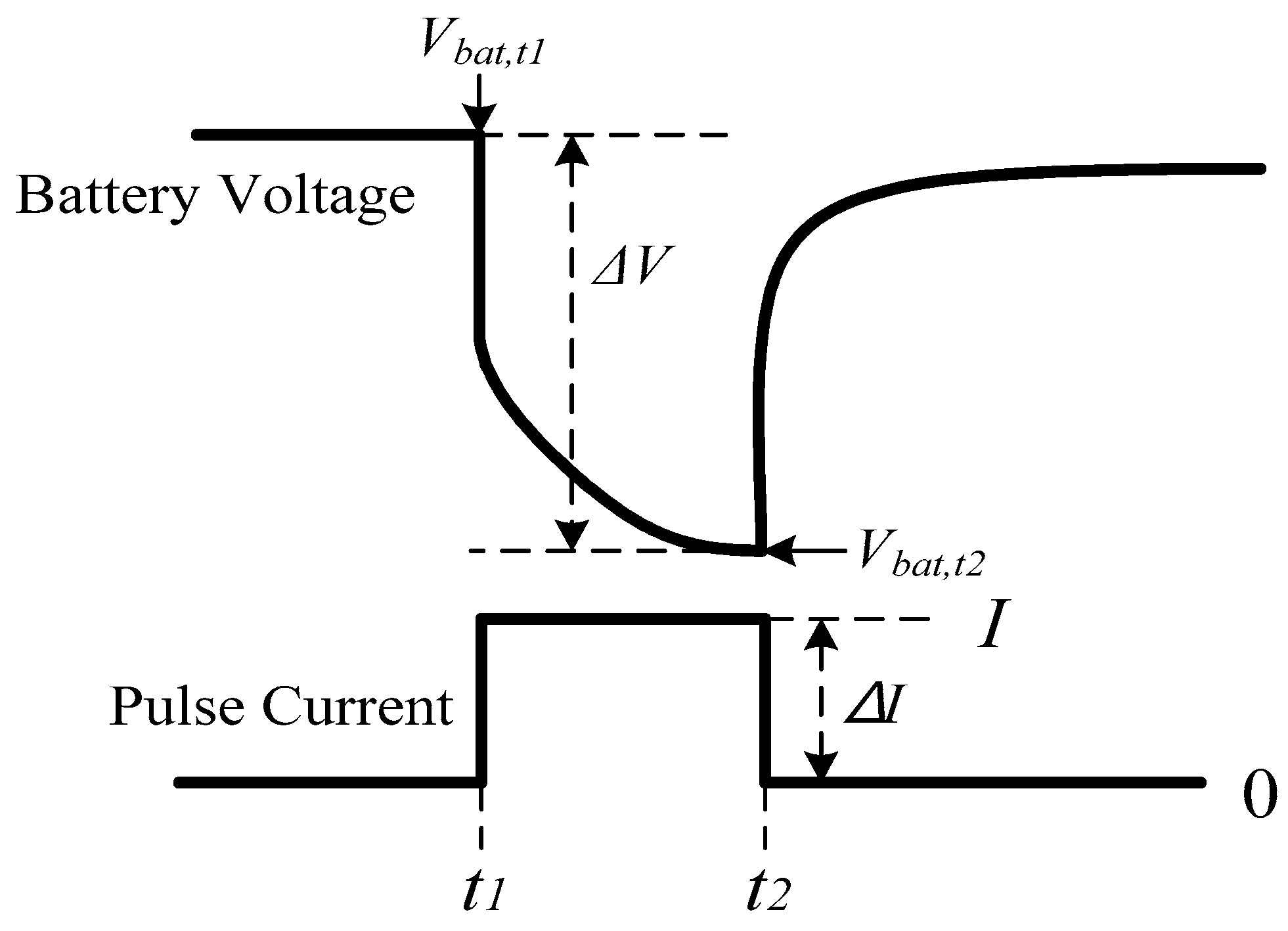goatman
10 MW
i thought endothermal/exothermal
maybe software
even though the numbers are off, cycle after cycle its relative, charge and discharge are consistent
docware mentioned he wrecked one of his testers by constantly calibrating
then i thought maybe its the battery temperature
in winter ill lose 15% of capacity compared to summer
i could try 0.5 capacity discharge and charge to see what happens to the numbers
maybe software
even though the numbers are off, cycle after cycle its relative, charge and discharge are consistent
docware mentioned he wrecked one of his testers by constantly calibrating
then i thought maybe its the battery temperature
in winter ill lose 15% of capacity compared to summer
i could try 0.5 capacity discharge and charge to see what happens to the numbers


